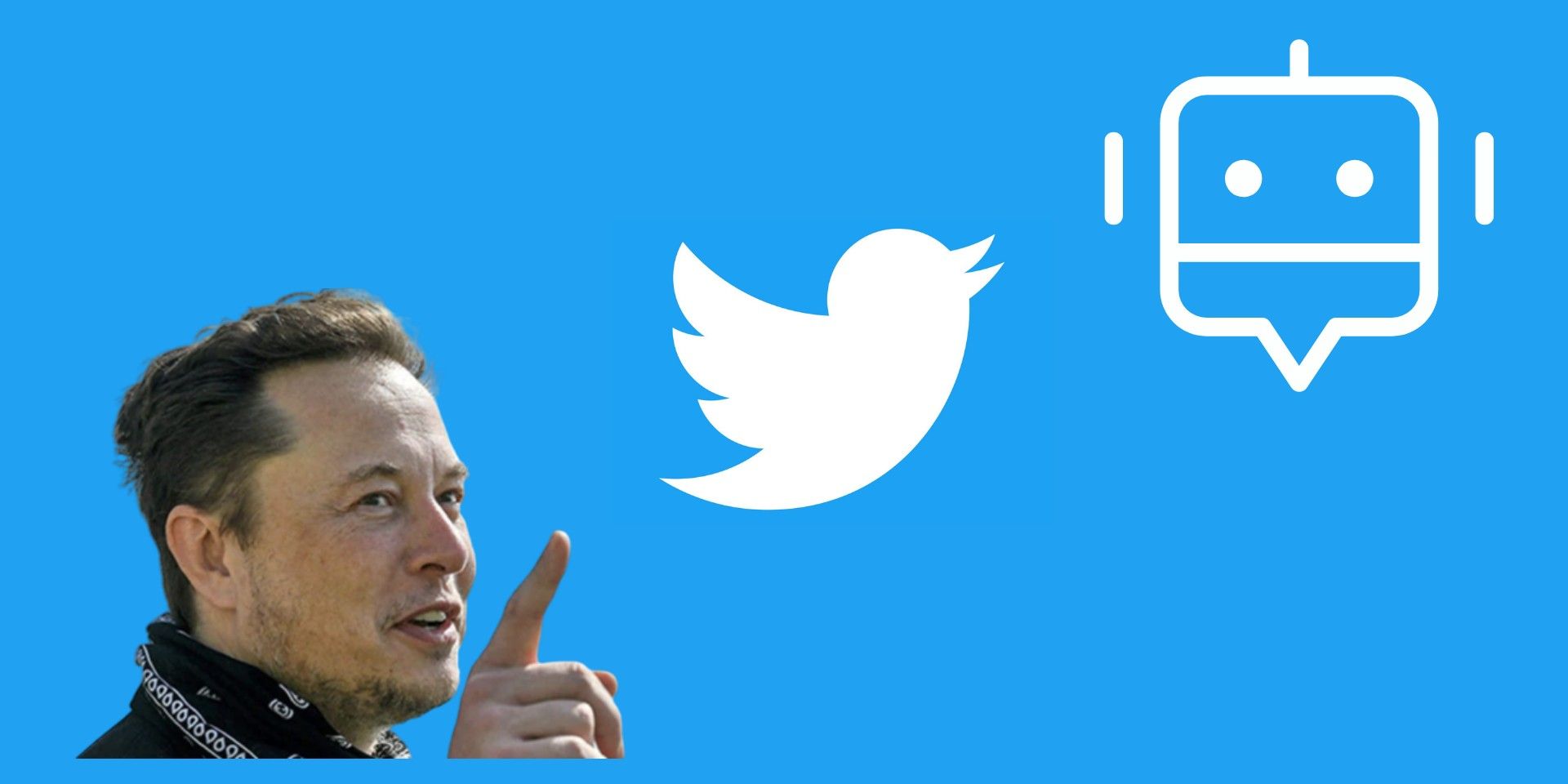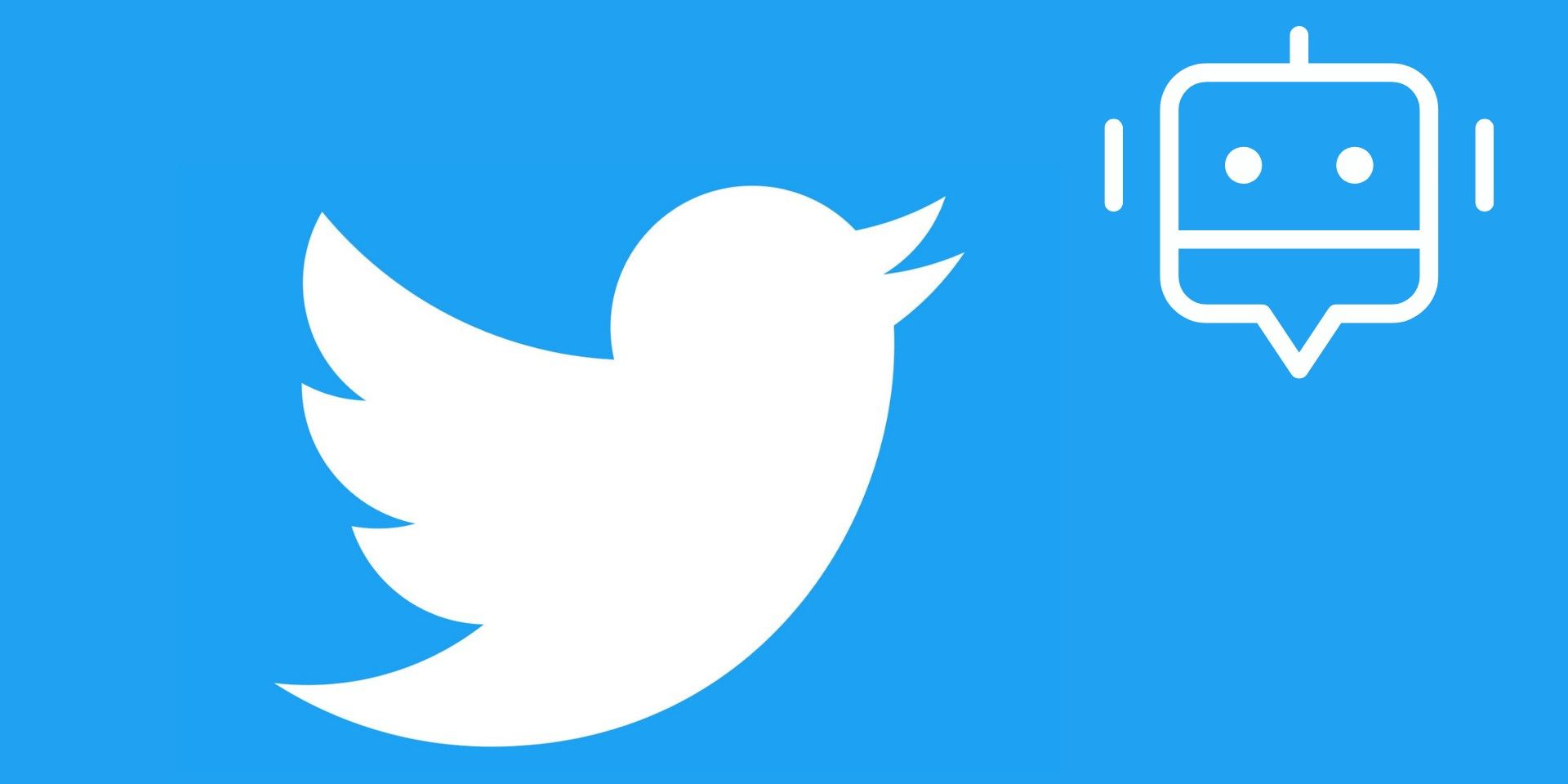Elon Musk plans to calculate how many bots, fake and spam accounts there are on Twitter. This comes just hours after Musk announced that his deal to buy the platform is on hold until he can verify Twitter’s report of there being less than five percent of fake and spam accounts on the site. Musk doesn’t believe these numbers to be accurate and wants to do his own survey.
It’s unclear why the number of bots on the platform is a concern for him buying Twitter. He’s been open about wanting to get rid of these spam and fake accounts, but that doesn’t explain why the number would affect his purchase. He could be stalling to get the funds together or looking for a reason to back out. For example, he could be realizing what is involved with running a social media platform, so finding an excuse to get out would be a way not to mess up his favorite platform. Even if Musk gets out of the deal, he will have to pay Twitter $1 billion since that’s what both parties agreed on. If one of them drops out, they have to pay the other party.
Elon Musk tweeted Friday night that he would be taking “a random sample of 100 followers of @twitter.” In another tweet, he explained his method that he would ignore the “first 1000 followers, then pick every” tenth one, but he is open to other ideas. He also encouraged other people to do their own studies of the platform, too, to see if everyone gets the same percentage. Finally, he noted that the decision to do 100 is based on Twitter's sample size.
Is This Enough To Identify The Number Of Spam & Fake Accounts?
Reuters reported Friday that Twitter estimated that less than five percent of its “monetizable daily active users” were fake or spam accounts in the first quarter. It also noted that the company had 229 million active users that received advertising. So, that puts the number of fake accounts to be at about 11 million users. That sounds like a considerable number, but that's a small amount given the number of users. But how accurate are Twitter’s calculations?
According to Survey Monkey, to get results with 99 percent confidence, the company would need to survey 664 users for one million-plus. That’s over five hundred more users. Or, for a 10 percent margin of error, someone would have to study 97 people. So, Twitter has at least a 10 percent margin of error. Survey Monkey also noted if the population is over one million, they might want to round up to the nearest 100. So, if Musk wants to get a more accurate account of the bots on Twitter, he may want to widen his sample size. On the other hand, the social media platform probably wanted to keep the number low, so a 100 sample size makes sense. But as said before, it’s unclear why Musk put his deal on hold until he can verify the number. So users will have to wait and see what number Elon Musk comes up with and if that influences his decision.
Source: Twitter/ Elon Musk, Reuters, Survey Monkey


